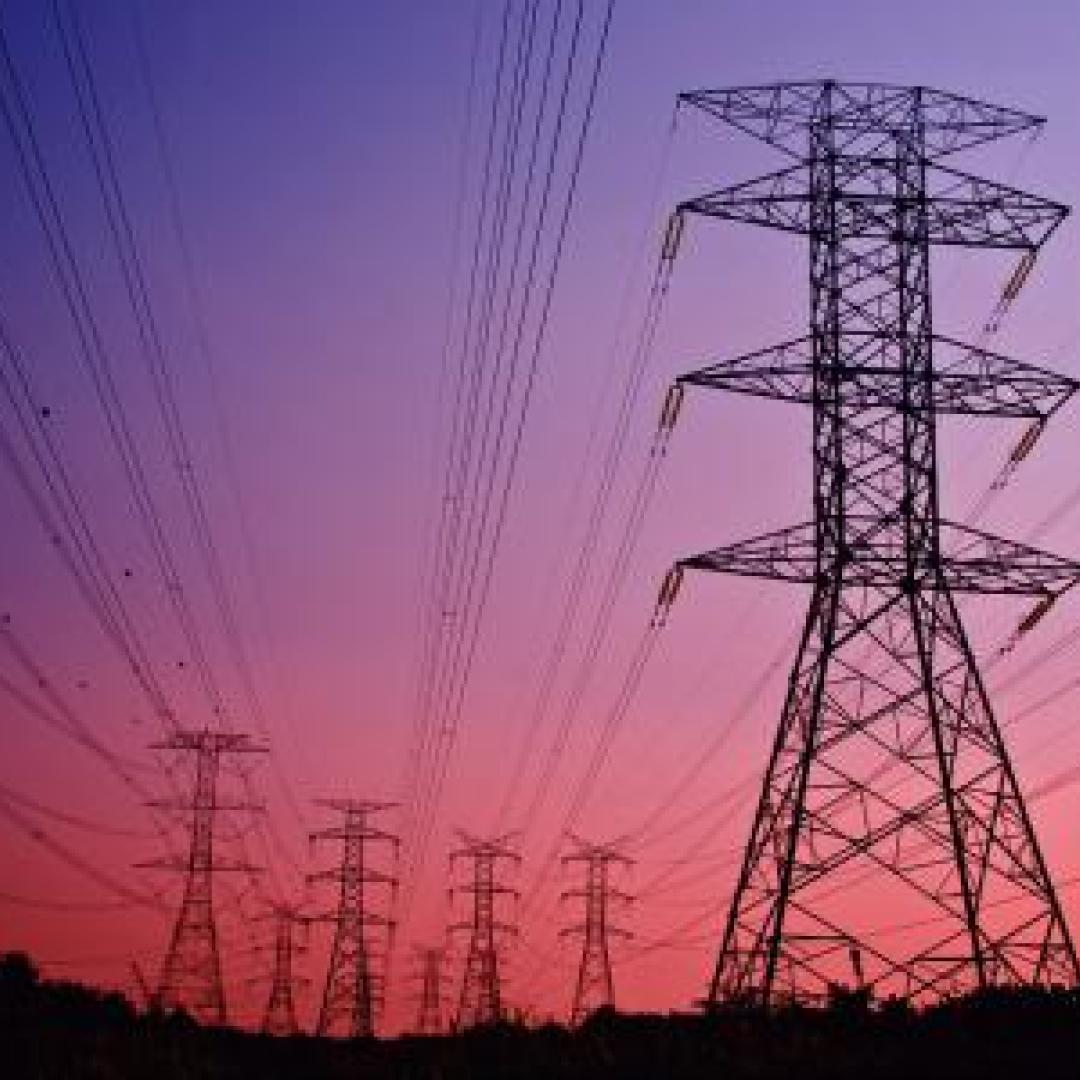Filter News
Area of Research
News Topics
- (-) Biomedical (1)
- (-) Computer Science (4)
- (-) Polymers (4)
- (-) Sustainable Energy (2)
- 3-D Printing/Advanced Manufacturing (1)
- Artificial Intelligence (3)
- Big Data (1)
- Bioenergy (1)
- Buildings (1)
- Chemical Sciences (5)
- Clean Water (1)
- Composites (2)
- Cybersecurity (4)
- Decarbonization (2)
- Energy Storage (3)
- Environment (5)
- Fusion (2)
- Grid (3)
- High-Performance Computing (2)
- Isotopes (4)
- Machine Learning (4)
- Materials (14)
- Materials Science (3)
- Microscopy (2)
- Nanotechnology (4)
- National Security (11)
- Neutron Science (5)
- Nuclear Energy (8)
- Partnerships (3)
- Physics (6)
- Quantum Computing (1)
- Transportation (3)
Media Contacts

The Department of Energy’s Oak Ridge National Laboratory hosted its Smoky Mountains Computational Science and Engineering Conference for the first time in person since the COVID pandemic broke in 2020. The conference, which celebrated its 20th consecutive year, took place at the Crowne Plaza Hotel in downtown Knoxville, Tenn., in late August.

ORNL will team up with six of eight companies that are advancing designs and research and development for fusion power plants with the mission to achieve a pilot-scale demonstration of fusion within a decade.

Tomonori Saito, a distinguished innovator in the field of polymer science and senior R&D staff member at ORNL, was honored on May 11 in Columbus, Ohio, at Battelle’s Celebration of Solvers.

Chemist Jeff Foster is looking for ways to control sequencing in polymers that could result in designer molecules to benefit a variety of industries, including medicine and energy.

Students often participate in internships and receive formal training in their chosen career fields during college, but some pursue professional development opportunities even earlier.

A modern, healthy transportation system is vital to the nation’s economic security and the American standard of living. The U.S. Department of Energy’s Oak Ridge National Laboratory (ORNL) is engaged in a broad portfolio of scientific research for improved mobility

Ionic conduction involves the movement of ions from one location to another inside a material. The ions travel through point defects, which are irregularities in the otherwise consistent arrangement of atoms known as the crystal lattice. This sometimes sluggish process can limit the performance and efficiency of fuel cells, batteries, and other energy storage technologies.

Scientists at the Department of Energy’s Oak Ridge National Laboratory are working to understand both the complex nature of uranium and the various oxide forms it can take during processing steps that might occur throughout the nuclear fuel cycle.

Carbon fiber composites—lightweight and strong—are great structural materials for automobiles, aircraft and other transportation vehicles. They consist of a polymer matrix, such as epoxy, into which reinforcing carbon fibers have been embedded. Because of differences in the mecha...

Oak Ridge National Laboratory scientists have developed a crucial component for a new kind of low-cost stationary battery system utilizing common materials and designed for grid-scale electricity storage. Large, economical electricity storage systems can benefit the nation’s grid ...




